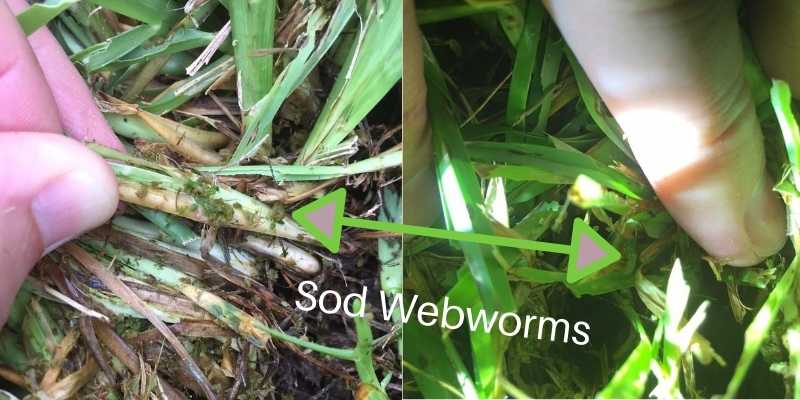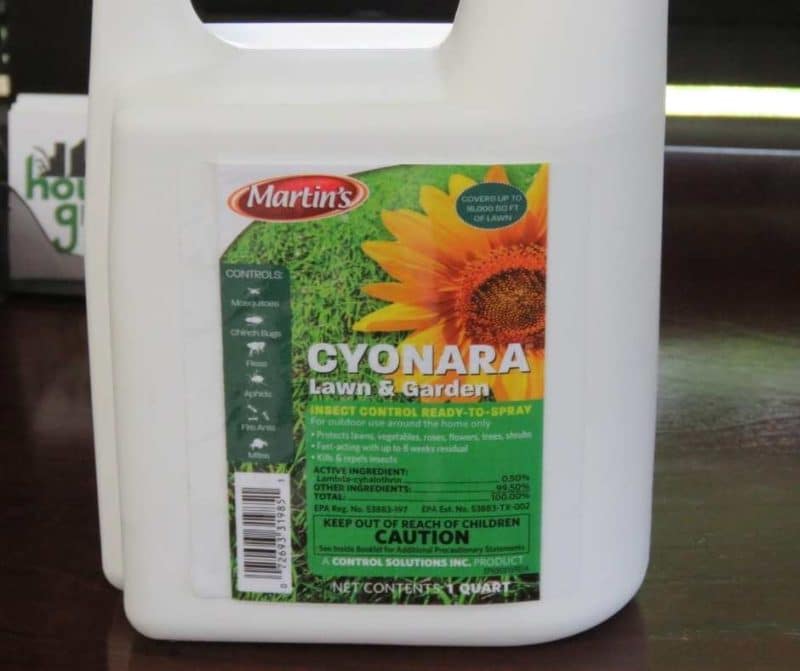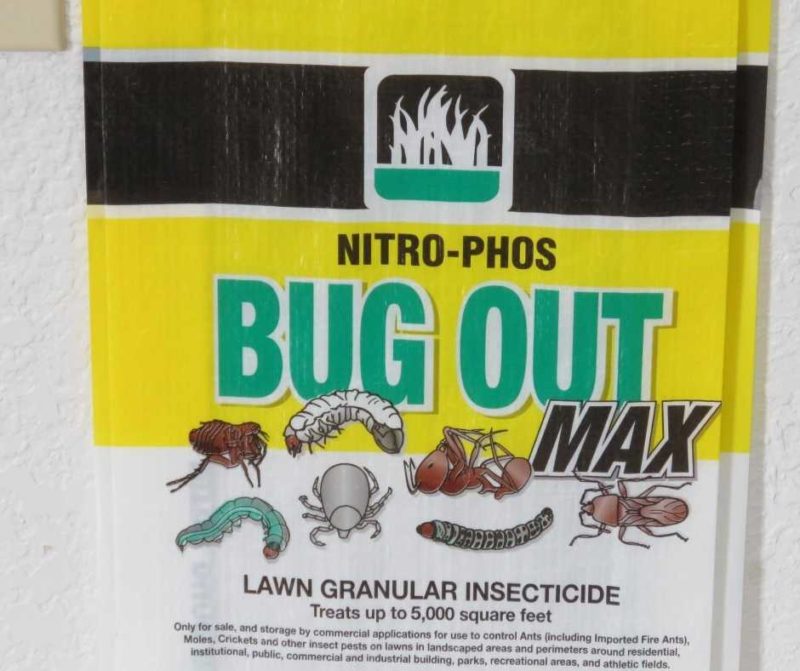What sort of sod webworm treatment works in Houston area lawns? How can you identify sod webworms in your lawn. In this video, Houston Grass Owner Michael Romine talks about the damage that can be done by sod webworms and how to eliminated them from your lawn. Call 281-431-7441 for answers to your questions and a quick quote for your project.
Summary of the Sod Webworm Treatment Video
Hi, I’m Michael with Houston Grass, and today we’re standing in a friend of mine’s front yard here. We’re early August right now, and we replaced this grass about six weeks ago. We came in with a sod cutter, cut the grass out, and replaced it with Raleigh St. Augustine.
I wanted to come look at this house because this is a perfect example of what sod webworms, when left untreated, can do to a front yard. In a minute we’ll show some of the damage here.
How to Identify Sod Webworms
The first sign that you’ve got sod webworms is that you start to see moths flying around. If you walk through the grass any time of day, you’ll see a lot of little brown moths that fly up out of the grass. They’ll be active in the early morning and late evening hours.
They flutter around over the top of the grass, and as they do that they drop little eggs. Those eggs hatch in about seven to 10 days and become little bitty green worms that hide in the thatch layers during the day and come out at night and feed.

You’ll come out in the morning and you’ll see about maybe a softball-size area that they’ve damaged during the night. They eat a small area and take the stuff back down in their little web tunnels during the day.
At night, I found that if you go out with a flashlight, you can kind of part the grass and look down and you’ll see the spider webs. They look like spider webs that they’ve woven. You’ll also see during the night that they hang out in their excrement. It’s little green splotches of stuff down near the base of the grass. That’s how you know you’ve got sod webworms.
The farm treats for these things, and they’re not a problem at our farm generally. However these moths are in your flower beds and are hanging out in yards around your home. They’re particularly attracted to new, tender, healthy, dark green grass.
Guess what? That’s exactly what Houston Grass delivers. We come and we put that healthy fresh, green grass down in your yard, and sod webworms will move in like it’s a new, fresh salad bar. They don’t arrive with our grass, but they move in from your neighbor’s yards to feast on our grass.
I highly recommend Houston Grass. High quality sod with no weeds and a thick base that won’t fall apart on you or tear when handling. I ordered a pallet of palisades zoysia for the back yard and 1.5 pallets of St Augustine for the front, and it all looks great and is establishing really nicely.The staff is very friendly and knowledgeable, and the videos and tips on the website are extremely helpful.

Aaron Kirk
Google ReviewThey can move in overnight. If they’re really bad they can wipe out a whole yard in two or three days. If it happens to you, you’ll be able to see that the sod webworms actually prefer the new, young, tender grass.
In this yard, you see the sod webworms came in, ate all the new, young, tender grass and then left. We only replaced parts of this yard, and you can see the parts that we did not replace are fine. They moved on to something else.
So you can see how that gives us a bad rap. They accuse the farm of bringing in sod webworms, when these little moths are around your yard before your new grass is installed.
As a matter of fact, sod webworms are the worst they’ve been (filmed in 2017). These last two summers they’re the worst they’ve been in 30 years, because we haven’t had much of a winter to kill them. They lay over in the thatch layers in the winter, and if we don’t have much of a severe winter, they come with a vengeance.
Chemicals for Sod Webworm Treatments
We recommend to people that they treat with one of two products. We recommend a liquid insecticide we carry called Cyonara Lawn & Garden. It attaches to the end of your hose and you spray it on your lawn. You’ve got to treat about three times in two to three weeks to break the cycle, because the chemical will kill the worms and it will kill the moths, but it will not kill the eggs. So if there are eggs, those eggs may hatch two or three days after you spray so you have to spray several times over those two to three weeks.

We also carry a granular insecticide called Bug Out Max, with Bifen. You put it out on your lawn with a spreader and water it in. It has the same effectiveness as Cyonara, but it’s a granular product.

Using either product, you have to put these chemicals out three times in two to three weeks to break that sod webworm lifecycle.
If you see those moths fluttering around or if you walk across your yard and you see them you need to act. If you don’t you can end up starting from scratch with new grass to replace your destroyed lawn.
So if you get new grass, we’re suggesting that everybody treat preemptively for the sod webworms, because they have been so bad these last couple of summers.
Get the Chemicals You Need to Treat Sod Webworms
Call 281-431-7441 for more information.
